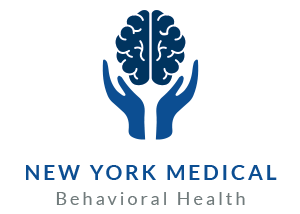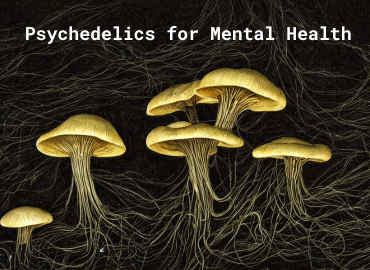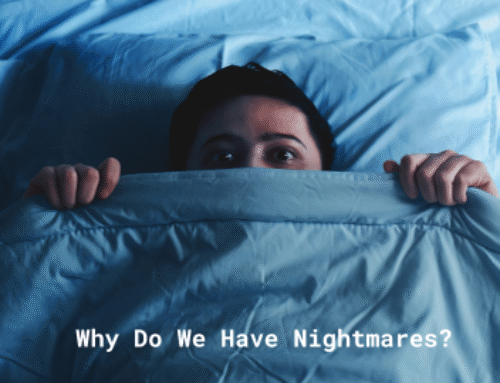Psychedelics for Mental Health
Millions of people around the world experience depression. Many people find relief with treatments like psychiatric therapy and antidepressant medications. Unfortunately, that does not soothe the symptoms of depression and anxiety for everyone. If a patient has a major depressive disorder that has not reached remission despite treatment with two or more antidepressant medications or methods, that patient may have treatment resistant depression.
Recently, science has been on the trail of an exciting possibility. Data indicates that psychedelic drugs may hold the key to a better understanding of how our minds work. Today, we’d like to take a look at the drugs being studied and how they function.
Certain drugs taken in certain doses can make one feel “high” and induce all kinds of feelings, from the heights of euphoria to existential dread. They can make people disbelieve reality, see things that aren’t there, hear things that aren’t there, have intense thoughts and emotions, and more. Some people get a night of fun, others have life-altering “trips.”
With so many substances, science finds that the poison is in the dosage and mode of use. For instance, medical morphine is very different from illegal street heroin, but both can be synthesized from the same material: the unripe seed pods of the poppy flower, Papaver somniferum. One form of the opioid can ease recovery after surgery, the other can cause a debilitating addiction.
How can we use psychedelics to create a better quality of life for patients with depressive disorders? By taking care to study them from every side:
− What parts of the body they influence and how.
− What strength works and what hurts.
− How these drugs compare to other drugs being used for the same purposes.
The following are some psychedelic substances being studied for their effects on mental health. Psilocybin mushrooms, also called “magic mushrooms” and “shrooms,” are a type of fungi including
Panaeolus, Pluteus, and Pholiotina. When ingested, these fungi have effects that include altered perception. Auditory and visual hallucinations, mild or intense depending on the dosage, are common. Psilocybin mushrooms have been used for a long time, even appearing in Stone Age art. They are not known to be addictive but can be abused.
Lysergic acid diethylamide (LSD), also called “acid,” is a well-known drug that causes highly altered perception. The effects vary greatly from person to person, even if they ingest LSD from the same batch. The effects are physical as well, presenting as increased body temperature and increased blood pressure. The effects of LSD last a long time; up to 24 hours. Some users report only having a nice buzz
for a few hours, others can have life-changing experiences, for good, ill, or a mix of both.
Methyl enedioxy methamphetamine (MDMA) is also called “molly” or “ecstasy,” is a stimulating psychedelic. Users report enhanced pleasure, increased energy, and a hyper-empathic feeling for a few hours, contributing to its popularity as a party drug. Street MDMA might be mixed with drugs like ephedrine and other amphetamines, making it dangerous to indulge in.
Ketamine has multiple medical uses, mainly as an addition to anesthetics and for pain management. Used by medical professionals, it is prized for being well tolerated with little hallucinogenic effect, as well as maintaining breath flow while under general anesthesia. Ketamine is known to cause a state of sedation and a degree of amnesia. It is used for humans and animals.
Ayahuasca is a concoction made by soaking or cooking the stems of the Psychotria viridis plant and the stems of the Banisteriopsis caapi vine, as well as other items according to the maker’s recipe. It has a long history of traditional use among South American peoples for purposes like spiritual pursuits. The ayahuasca mix contains N-Dimethyltryptamine, also known as DMT. DMT is a powerful psychedelic that can have intense mild-altering effects. Ayahuasca has a fascinating story, but a lack of consistency and regulation make it a risky substance to use.
We are pleased to offer a treatment that is a derivative of ketamine, known as esketamine. It has been approved by the FDA as a medication called Spravato. Esketamine is more powerful than its parent drug, ketamine, meaning we can give lower doses. Check out some articles on Spravato here, here, and here.
Spravato is offered in a carefully controlled environment in an easy to take, easily tolerated nasal spray. The application is watched by a medical pro and the patient cannot take the medication with them.
Safety is guaranteed.
The important thing is not to just take the drug and hope for happy feelings. The administration of the drug is meant to be accompanied with careful guidance along with treatments like psychotherapy. The drug is a mode that induces a state of mind and body that can be used, not just felt. The idea is for us to control where the trip goes and make it take us to a better place.
Later, we’ll take a look at what can be done with these substances to make the “trip” a guided journey
to a healthier place.
Talk to us on our website anytime, or call (585) 442-6960.




